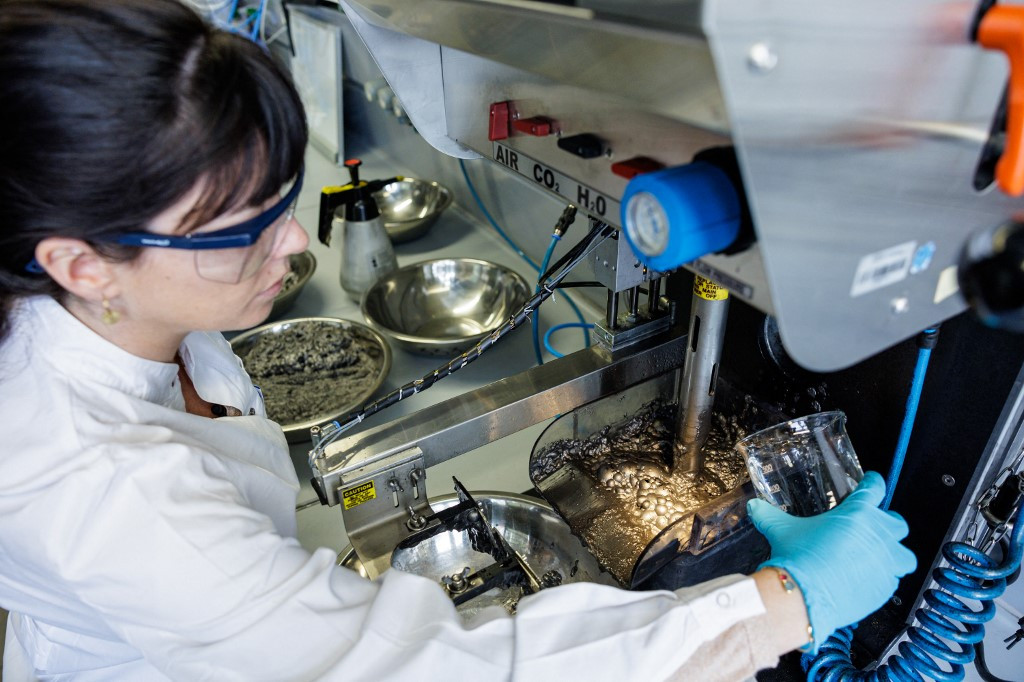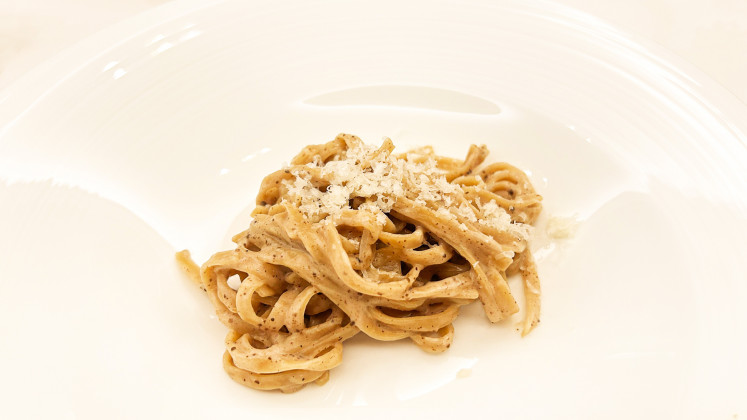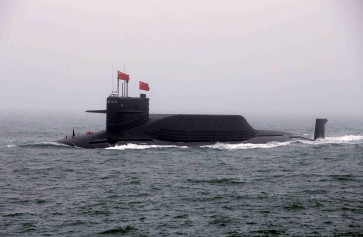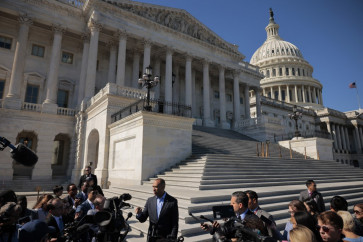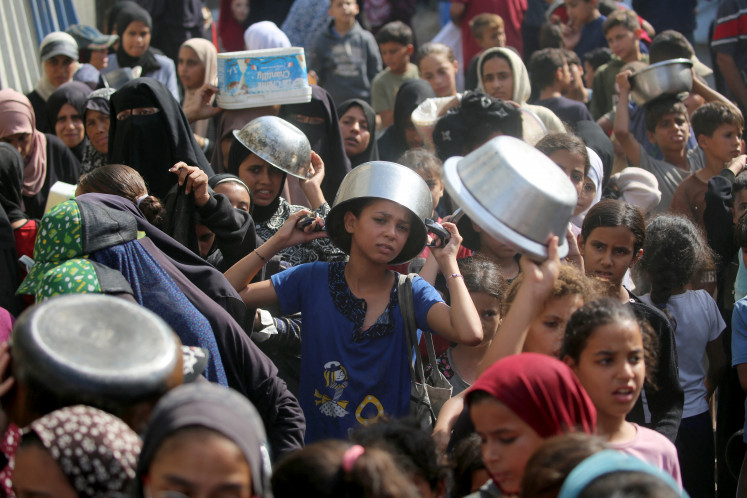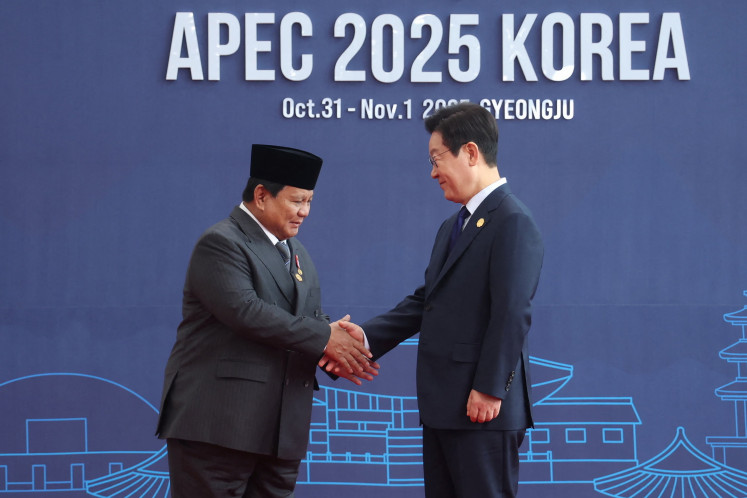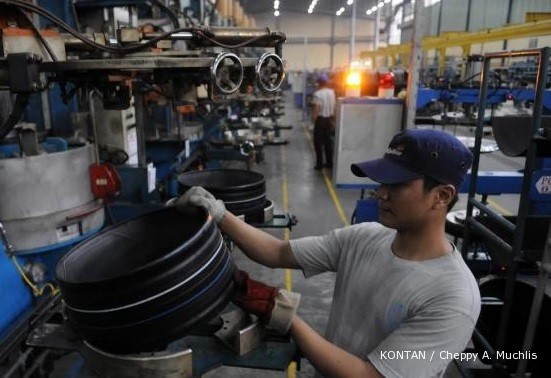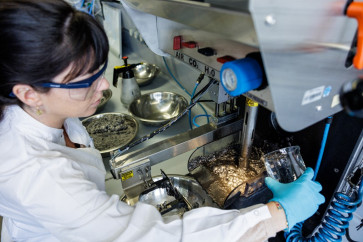Popular Reads
Top Results
Can't find what you're looking for?
View all search resultsPopular Reads
Top Results
Can't find what you're looking for?
View all search resultsCar battery recycling market gears up for future boom
As Europe shifts gear from fossil fuel vehicles to electrified cars, recycling graphite as well as other elements in batteries is gradually becoming a major focus.
Change text size
Gift Premium Articles
to Anyone
R
esearcher Anna Vanderbruggen peers into a vat of dark bubbling liquid, the result of a process she has developed to recover graphite from old lithium-ion batteries.
Although graphite represents up to a quarter of the weight of the batteries, no one has yet come up with a viable plan to recycle it, according to Vanderbruggen.
The 29-year-old researcher is still fine-tuning her method but has already received an award from the European Institute of Innovation and Technology (EIT) for her efforts.
As Europe shifts gear from fossil fuel vehicles to electrified cars, recycling graphite as well as other elements in batteries is gradually becoming a major focus.
All the more so as the continent seeks to wean itself off its reliance on countries like China for raw materials.
"Battery manufacturers were not interested" in recycled graphite up to now because "they could get it at low cost in China", Vanderbruggen told AFP.
Her method, developed at the Helmholtz Research Institute in Freiberg, Germany, involves extracting graphite from "black mass", a powder that also contains cobalt, nickel, lithium and manganese.

